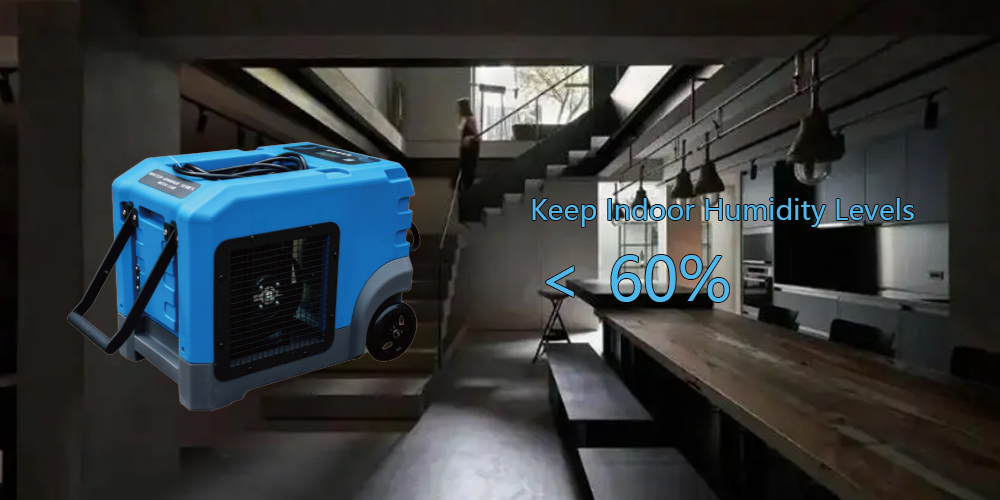Primary Factors for Mold Growth on Furniture
1. Excess Moisture
- High Humidity: When indoor humidity levels exceed 60%, it creates a favorable environment for mold growth. Humidity can come from various sources such as weather conditions, cooking, showering, or using humidifiers.
- Leaks and Spills: Water leaks from ceilings, walls, or plumbing can saturate furniture, especially if not dried promptly. Spilled liquids that are not cleaned up quickly can also contribute to mold growth.
- Condensation: Furniture placed against cold walls or in poorly insulated areas may be exposed to condensation. This moisture can accumulate and create a breeding ground for mold.
2. Poor Ventilation
- Stagnant Air: Inadequate ventilation can lead to stagnant air, which prevents moisture from evaporating. This is common in basements, attics, and rooms with poor air circulation.
- Closed Spaces: Furniture in tightly enclosed spaces, such as storage units, attics, or basements, is more prone to mold growth due to lack of airflow.
3. Organic Materials
- Natural Fibers: Upholstered furniture, especially those made with natural fibers like cotton, wool, or linen, can easily absorb moisture and provide a food source for mold.
- Wood: Wooden furniture is also susceptible because wood is porous and can retain moisture, making it a suitable surface for mold to grow on.
4. Temperature
- Warm Environments: Mold thrives in warm environments, typically between 77°F and 86°F (25°C to 30°C). When combined with high humidity, these temperatures create ideal conditions for mold proliferation.
5. Flooding
- Water Damage: Flooding from natural disasters or plumbing issues can soak furniture, creating prime conditions for mold to develop if the furniture is not dried properly and promptly.
6. Poor Cleaning Practices
- Neglect: Infrequent cleaning or ignoring damp conditions can allow mold to take hold and spread. Dust and dirt can also provide additional organic material for mold to feed on.
Mold Prevention Tips
1. Control Humidity: Use dehumidifiers and air conditioners to keep indoor humidity levels below 60%. PREAIR provides the best dehumidifier for basement mold. If you are bothered by a damp basement, please feel free to contact us for solutions.
2. Ensure Proper Ventilation: Open windows, use fans, and ensure good airflow in rooms to help moisture evaporate.
3. Prompt Spill Cleanup: Immediately clean and dry any spills on furniture to prevent moisture buildup.
4. Regular Cleaning: Clean furniture regularly to remove dust and dirt that can support mold growth.
5. Inspect for Leaks: Regularly check for and repair any water leaks in the home.
6. Use Mold-Resistant Products: Consider using mold-resistant sprays and treatments on furniture, especially in high-humidity areas.
By understanding and addressing these causes, you can significantly reduce the risk of mold growing on your furniture.
Post time: May-21-2024


